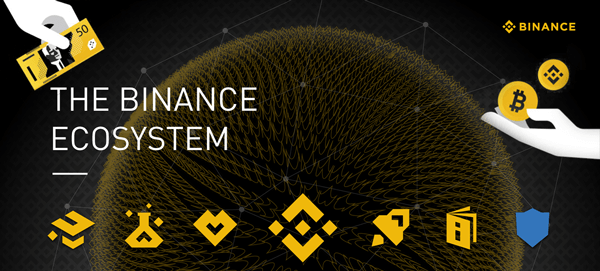
[ad_1]
Norway is a bastion for renewable power administration in Europe. As a lot as 99% of Norway’s power derives from hydropower whereas the grid typically enjoys a inexperienced power surplus.
However for Norway’s largest information heart and Bitcoin (BTC) miner, Kryptovault, utilizing regenerative hydropower to try to unravel legitimate Bitcoin blocks was not sufficient.
On the Hønefoss Bitcoin mining operation, which workers have aptly named “the Cathedral” as a consequence of its huge and cavernous expanse, the new air generated by Bitcoin mining rigs is recycled and used to dry out chopped logs.
Kjetil Hove Pettersen, CEO of Kryptovault, advised Cointelegraph that Norway is an “ideally suited location for mining” and that alongside the log-drying operation, seaweed drying operations will kick off within the first half of 2022.
In line with Pettersen, Norway has quite a lot of “trapped” power, declaring to a a lot increased manufacturing in comparison with consumption in addition to a restricted capability to switch the surplus power:
“This interprets to very low power costs and we are able to ‘rescue’ that trapped power somewhat than letting it go to waste.”
It might seem that the withdrawal of electrical energy subsidies from Bitcoin mining farms in 2018 has not affected the Scandinavian nation’s standing as a sought-after vacation spot to mine cryptocurrency.
The Guardian newspaper, which generally asserts Bitcoin mining energy-FUD, flipped the narrative whereas reporting on Kryptovault’s operation. Their article thought of “can Bitcoin be sustainable?”
Svein Bjerke, Normal Supervisor on the timber firm that receives the dry logs, solutions that query. In a video, Bjerke says that drying wooden with waste warmth from Bitcoin mining is the “most environmentally pleasant method to do that.”
Furthermore, the secondary advantages of Bitcoin mining department out to greater than the atmosphere. Over time, Hønefoss grid prospects are literally higher off as a result of presence of Kryptovault’s energy-hungry course of.
Grid charges–like timber–are hacked down 12 months after 12 months as a result of the native space’s complete power consumption will increase. The extra power is used, the extra costs come down over the long run. The corporate estimates that circa 2 million Euros is saved as a consequence of “Kryptovault’s existence in our grid.”
Nonetheless, the path to mining 100% inexperienced and renewable Bitcoin has not been straightforward. Quite a few challenges face miners in Norway, together with:
“Mission and engineering views to monetary challenges, involving banks, tax and regulatory compliance. Simply the step of establishing a checking account when working on this business generally is a massive problem in the present day.”
Associated: EU securities regulator requires proof-of-work crypto mining ban
Unphased, these hiccoughs are unlikely to hinder Kryptovault’s imaginative and prescient to remodel clear power into Satoshis. Pettersen says he “can’t consider any higher industrial use-cases than what we’re doing.”
When requested by Cointelegraph if Kryptovault would take into account mining different cryptocurrencies sooner or later, Pettersen jokes, “for us, Bitcoin is the secret.”
[ad_2]
Source link




 Bitcoin
Bitcoin  Ethereum
Ethereum  Tether
Tether  XRP
XRP  Solana
Solana  USDC
USDC  TRON
TRON  Dogecoin
Dogecoin  Lido Staked Ether
Lido Staked Ether
Be the first to comment